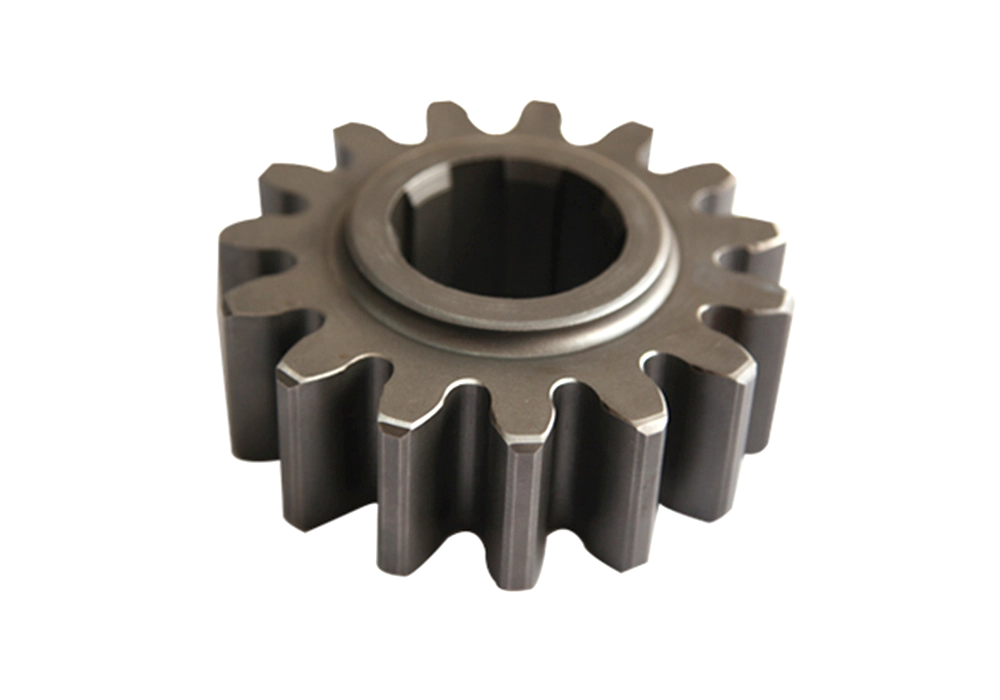
1. Application Status of Internet of Things Technology in Construction Cranes
Internet of Things technology realizes comprehensive monitoring and management of Construction Lifter through technical means such as sensors, wireless communications, and cloud computing. On the construction site, each crane is equipped with various sensors that can monitor the operating status, location information, load conditions and other key data of the crane in real time. These data are transmitted to the cloud server through wireless network, and after big data analysis and processing, they provide rich decision-making support for managers.
Real-time monitoring and early warning: Internet of Things technology enables managers to view the real-time status of the crane through mobile phones, computers and other terminal devices anytime and anywhere. When the crane has an abnormal situation or is about to reach the safety limit, the system will immediately issue an early warning to remind the operator to take corresponding measures, effectively avoiding the occurrence of safety accidents.
Remote control and scheduling: With the help of Internet of Things technology, operators can control the crane at a safe distance or remotely, which greatly improves construction efficiency. The system can also automatically adjust the scheduling plan according to the progress of the project and the working status of the crane to ensure the smooth completion of the construction task.
Data analysis and optimization: The large amount of data collected by Internet of Things technology provides a scientific basis for equipment management and maintenance. Through in-depth analysis of the data, enterprises can understand the frequency of use, failure mode and other information of the crane, so as to formulate a more reasonable maintenance plan and spare parts procurement strategy, reducing operating costs. The system can also provide optimization suggestions for the crane based on the data analysis results, such as adjusting working parameters, optimizing operating procedures, etc., to further improve the operating efficiency and safety of the equipment.
2. Application of data analysis and optimization in construction crane management
Data analysis and optimization are the core value of the application of Internet of Things technology in the field of construction cranes. Through in-depth mining and analysis of crane operation data, enterprises can obtain more valuable information and provide more accurate decision-making support for equipment management, maintenance and construction safety.
Fault prediction and prevention: Internet of Things technology combined with big data analysis can achieve early prediction of crane failures. The system summarizes the laws and patterns of failures through the analysis of historical data. When similar situations are detected, it will immediately issue an early warning to remind managers to take preventive measures in advance. This method of fault prediction and prevention not only reduces the probability of failure, but also reduces the downtime and maintenance costs caused by failures.
Performance optimization and improvement: Through the analysis of crane operation data, enterprises can understand the performance bottlenecks and potential problems of equipment. By analyzing the load curve and energy consumption data of the crane, the optimal working parameters of the equipment under different working conditions can be found, so as to optimize and improve the performance of the equipment. This performance optimization not only improves the operating efficiency of the equipment, but also reduces energy consumption and emissions, which meets the current requirements of green construction.
Construction management and decision support: The data collected by the Internet of Things technology can also provide strong support for construction management. By analyzing the frequency of use and working hours of the crane, the construction progress and staffing can be reasonably arranged; by analyzing the location information and load conditions of the crane, the construction layout and logistics transportation routes can be optimized. These decision support information helps enterprises improve construction efficiency, reduce costs and enhance overall competitiveness.
3. Future prospects and challenges
With the continuous development of Internet of Things technology and the continuous expansion of application scenarios, the Construction Lifter industry will usher in a broader development prospect. In the future, Internet of Things technology will pay more attention to the real-time and accuracy of data, improve the stability and reliability of the system; it will also strengthen the integration and innovation with artificial intelligence, cloud computing and other technologies, and promote the construction crane to develop in a more intelligent, efficient and safe direction.
The application of Internet of Things technology in the field of construction cranes also faces some challenges. Sensor detection accuracy and stability need to be further improved; networking costs and security issues need to be effectively resolved; data analysis and optimization algorithms need to be continuously optimized and improved, etc. These challenges require companies to strengthen technology research and development and innovation investment to promote the in-depth application and development of Internet of Things technology in the field of construction cranes.






 English
English русский
русский Español
Español 中文简体
中文简体
















